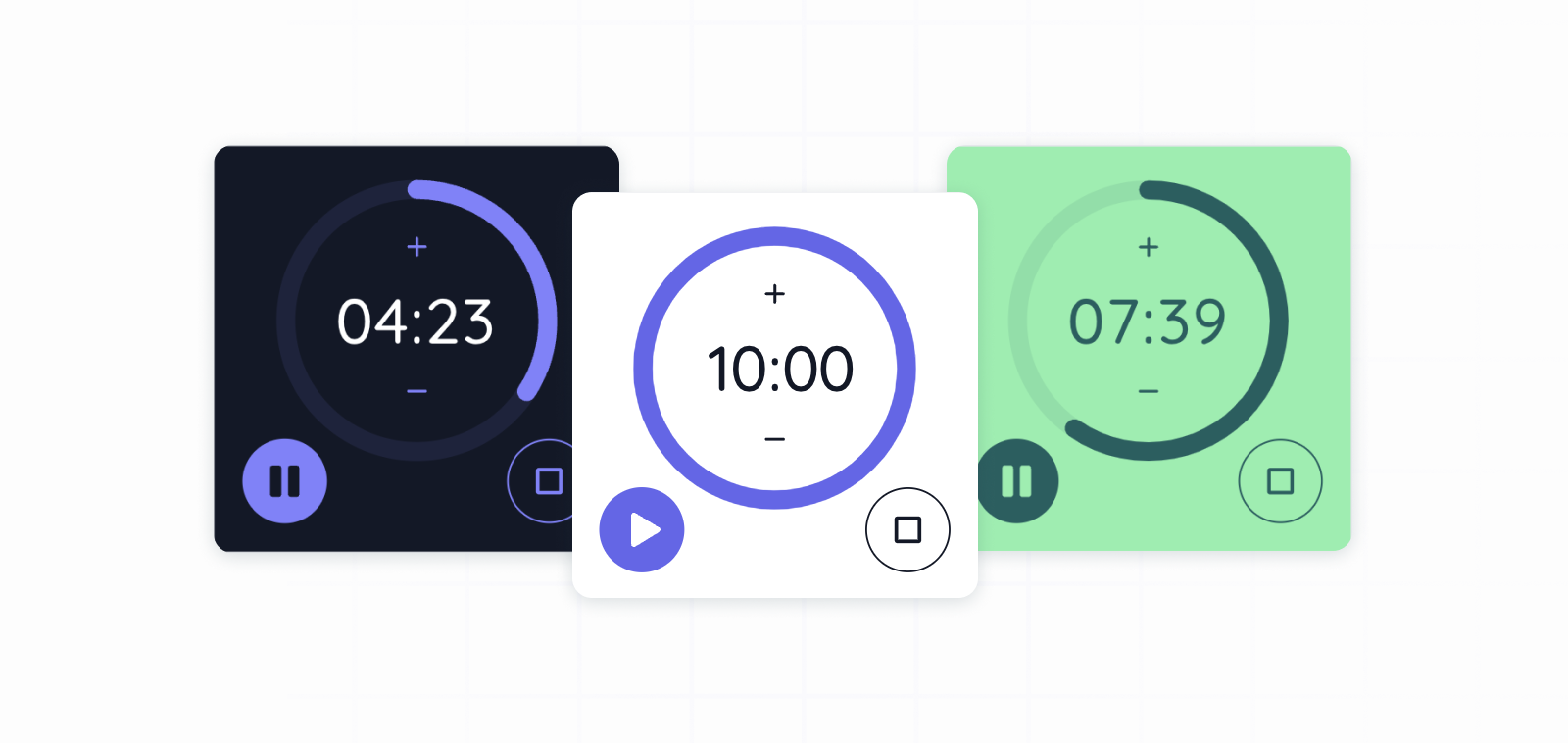In today’s fast-paced, digital world There are distractions at every corner It’s becoming harder than ever. Mastering time is not just an art but an ability that is super. The best timer can be your weapon of choice for when you’re engaged in a study session, working remotely, or working on a personal project. Enter the Pomodoro timer more than just a time tracker, it’s a powerful productivity enhancer designed to help you work smarter, stay sharp, and get more done with less stress.

The Pomodoro Technique – The Power of the Technique
The Pomodoro Timer is more that simply a clock. It’s also a behavioral tool that is rooted in the scientific method. Francesco Cirillo developed the “Pomodoros” technique in the 1980s. The method splits work into 25-minute intervals called “Pomodoros” which are followed by short rests. This method mimics the brain’s natural rhythm and lets us remain focus without feeling exhausted.
Every session is a race of attention. Knowing that a break is going to come within minutes makes it easier to avoid distractions like social media and mindless scrolling. When the timer sounds, it is a reminder to not only pause but also acknowledge your improvement.
Countdown Timers: Keeping at the center of the present
A countdown clock can add an urgency to a Pomodoro timer. When you see a clearly visible clock that is counting down, it creates a psychological impact called “temporal scarcity.” In a flash, time seems more precious. While you’re making for a presentation, studying to pass exams, or even cleaning the house and a countdown is playing in the background makes you more aware of what you’re doing each second.
Modern online timers often include this feature and offer greater flexibility you can define the exact time you need, whether you want to set it for five minutes or five hours. As opposed to traditional timers for kitchens, these online tools save preferences such as cycles, time, and even break lengths, making them much more personal and flexible.
Stopwatch Timers: They Measure More Than Time!
On the opposite side of time management is the stopwatch. It counts up instead of down to track how long it takes to complete a specific task. It’s a great tool for those seeking to improve their estimates, gain a better understanding of the pattern of work, or keep track of the time they bill for.
If you are a creative professional or developer, or an entrepreneur A stopwatch can be a great tool to track your work habits. In time, it will become more simple to plan your schedule with intention and accuracy.
Smart Online Timers: The rise of the Smart Online Timer
Today’s online timers aren’t just clocks. Smart systems that run on browsers remember your settings when you close the tab. With features like auto-advance between break and work sessions, customizing cycle counts along with sound notifications and visual progress rings, they provide an unbeatable user experience.
You can enable “Keep Screen on” mode so that your device will not go to sleep in the middle of the session. Add in keyboard shortcuts like Space to pause/play, R to reset, and S to skip phases You’ll have an efficient workflow that doesn’t require touching your mouse.
Touch. The Touch: The Human Touch Planning, Reflecting, and Adapting
Timers are only so effective. When we plan around them, the real change happens. To get the most out of every Pomodoro, it’s helpful to break up large goals into smaller, more manageable ones. After a couple of cycles, a longer break allows the mind space to recharge, whether that involves walking, meditation, or simply enjoying a snack.
After the day, reminiscing about the sessions you took part in, how many Pomodoros you took part in, when distractions slipped in and how it could be improved, transforms a simple instrument into a growth plan.
Conclusion
Pomodoro’s not just an effective productivity tool, it’s an overall shift in attitude. It encourages working with intention and taking breaks with mindfulness and establishing a better connection with time. By breaking tasks down into smaller, focused periods will help turn a long list of tasks into manageable chunks. Not only is it about checking things off, but also about maintaining focus, establishing a an appropriate rhythm and feeling that you’ve made progress.